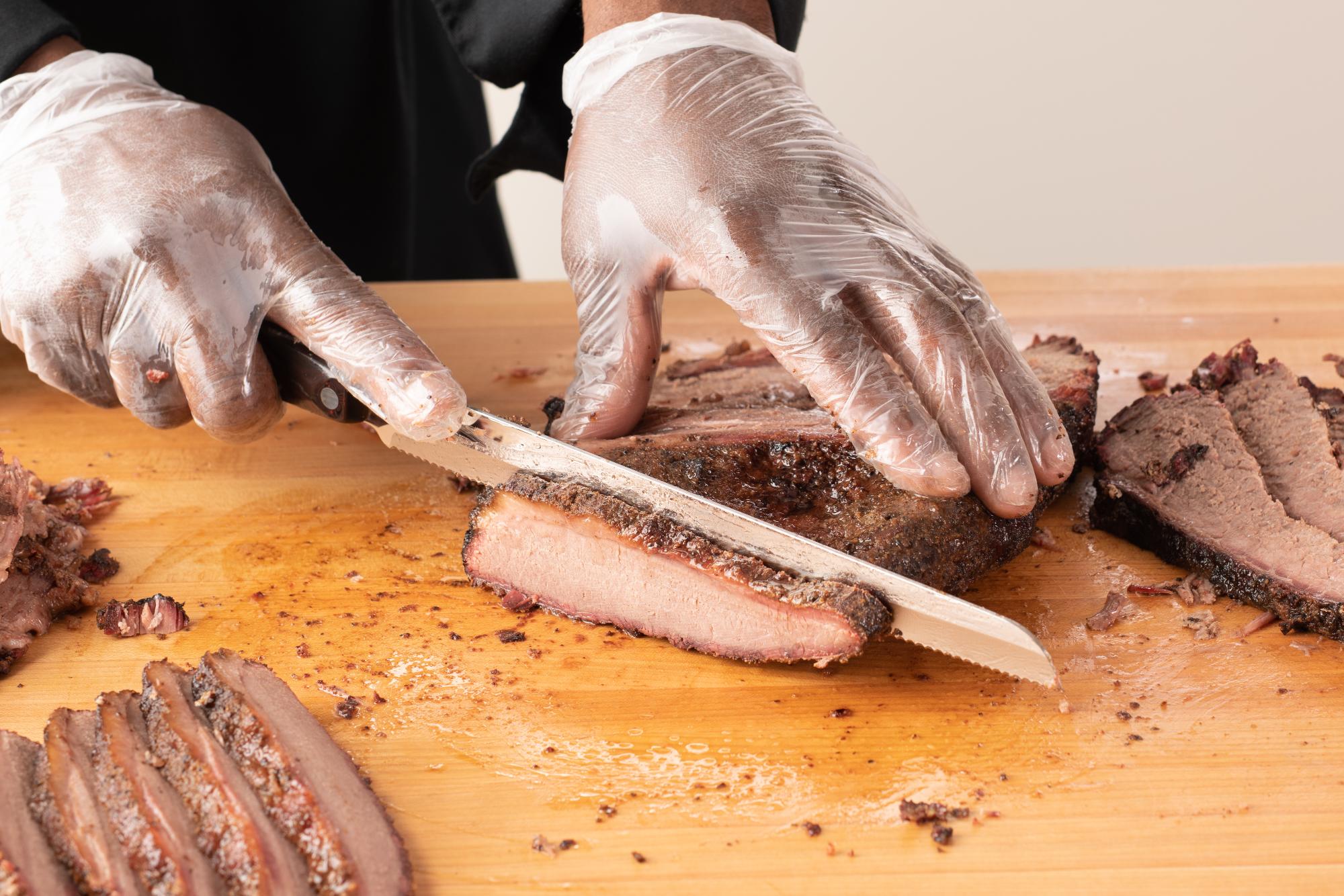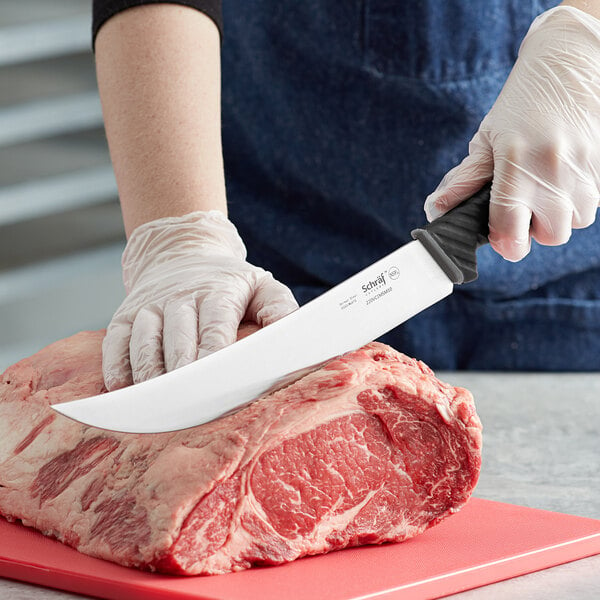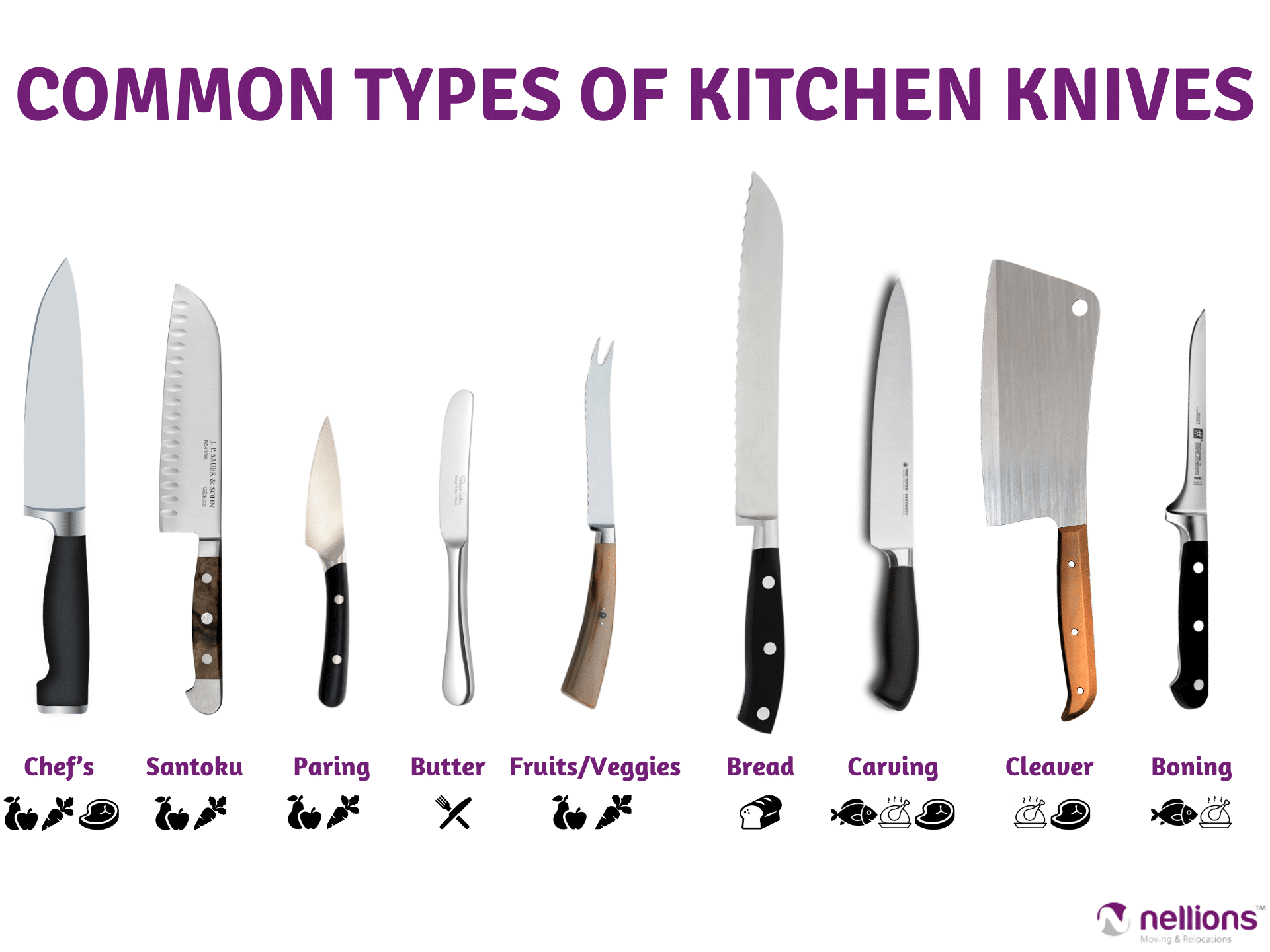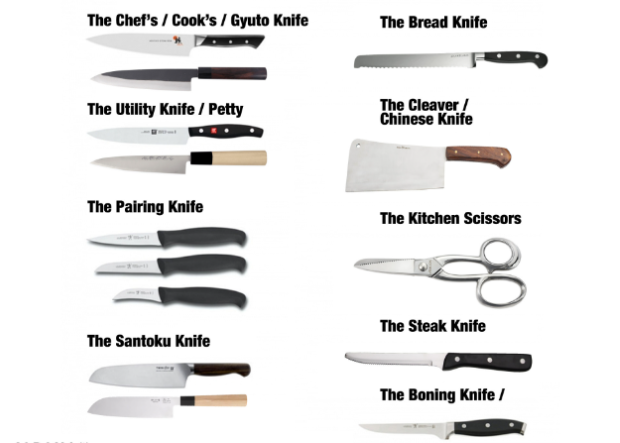What Type Of Knife To Cut Meat

Urgent alert for home cooks and culinary professionals: Selecting the wrong knife can ruin your expensive cut of meat. A proper blade is crucial for both presentation and optimal taste.
This article provides a concise guide to choosing the right knife for various types of meat, ensuring clean cuts, minimal tearing, and enhanced dining experiences. Knowing your blade is now essential.
Essential Knives for Meat Cutting: A Breakdown
The world of meat-cutting knives can be overwhelming. However, a few key types cover most needs.
Chef's Knife
The chef's knife is your all-purpose workhorse. Its curved blade allows for rocking motions, ideal for chopping vegetables alongside meat. This is perfect for prepping a roast.
Typically ranging from 8-12 inches, a good chef's knife is essential for any kitchen.
Slicing Knife
A slicing knife is designed for, well, slicing! Its long, thin blade creates even cuts of cooked roasts, hams, and poultry.
Look for a blade with a Granton edge (hollowed-out scallops) to prevent meat from sticking. This ensures clean and beautiful slices.
Boning Knife
A boning knife is essential for removing bones from raw meat. Its thin, flexible blade allows you to navigate around bones with precision.
Straight boning knives are suitable for general use, while curved ones are better for poultry. Sizes typically range from 5-7 inches.
Cleaver
For tougher cuts and breaking down bones, a cleaver is your go-to tool. Its heavy, rectangular blade delivers forceful chops.
A cleaver should be used with caution and only when necessary. This is for serious meat prep.
Steak Knives
Steak knives are designed for individual place settings. Serrated blades are common, but straight-edged knives offer a cleaner cut.
High-quality steak knives enhance the dining experience. Choose a set that complements your tableware.
Blade Material and Maintenance
Knife blades are typically made from stainless steel, carbon steel, or a combination of both. Stainless steel is rust-resistant, while carbon steel holds a sharper edge.
Proper knife maintenance is crucial for safety and performance. Sharpen your knives regularly with a honing steel or whetstone.
Store knives in a knife block or on a magnetic strip to protect the blades. Always hand wash your knives to preserve their sharpness.
Expert Recommendations
According to professional butchers, a quality boning knife is the most important tool for home cooks breaking down poultry. A good slicing knife is crucial for carving roasts, they add.
Many culinary schools now incorporate knife skills courses to educate students on proper tool selection and technique. This is because technique and safety are essential.
Choosing the Right Knife: A Summary
Consider the type of meat you frequently prepare when selecting your knives. Invest in quality blades that will last for years.
A basic set including a chef's knife, boning knife, and slicing knife will cover most home cooking needs. Don't neglect your knife block.
Next Steps
Review your current knife collection and identify any missing essentials. Consult online resources and expert reviews for specific recommendations. Budget accordingly to start replacing old tools.
Consider attending a knife skills workshop to improve your technique and safety. Continuous training will maximize utility and enhance performance.
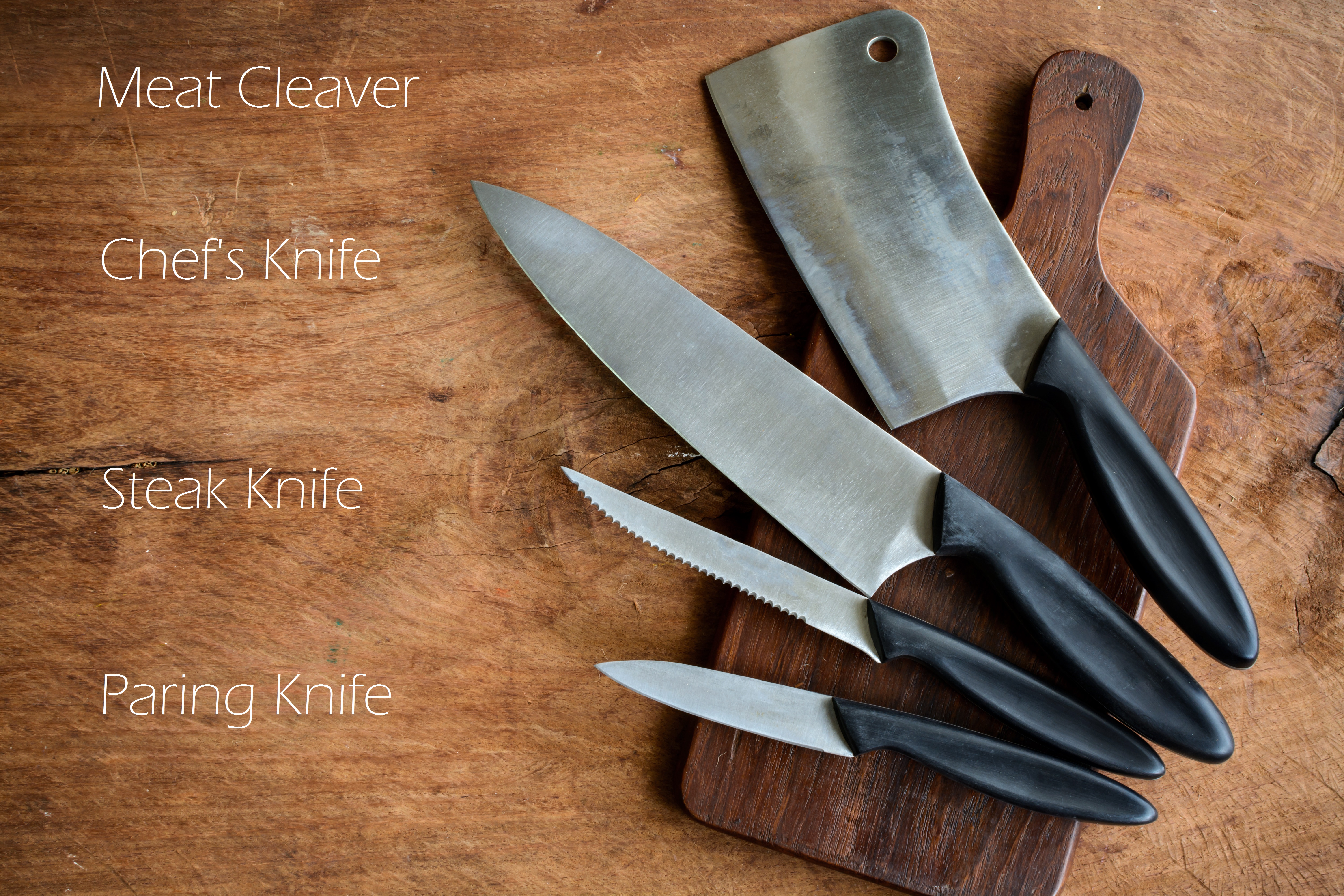
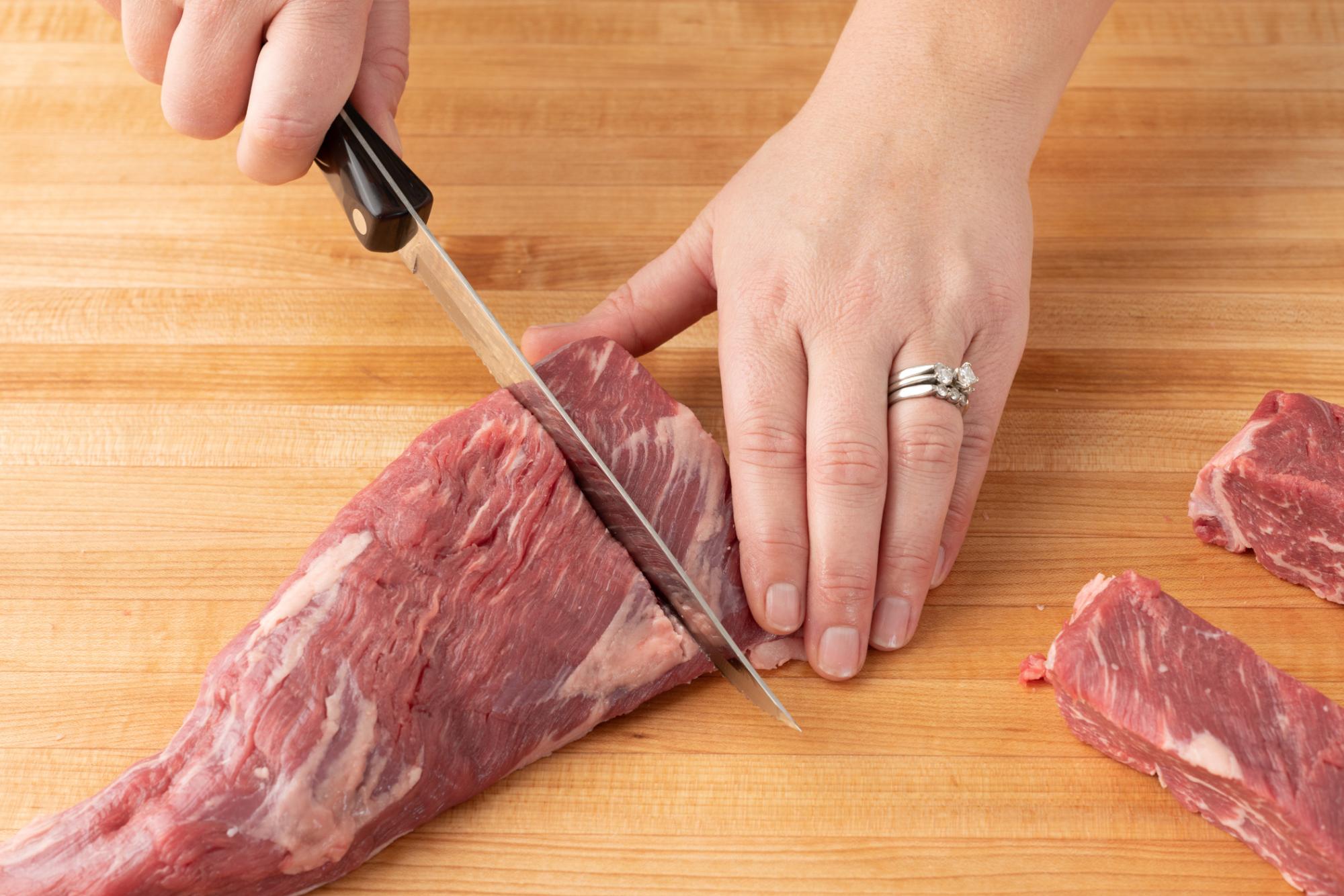
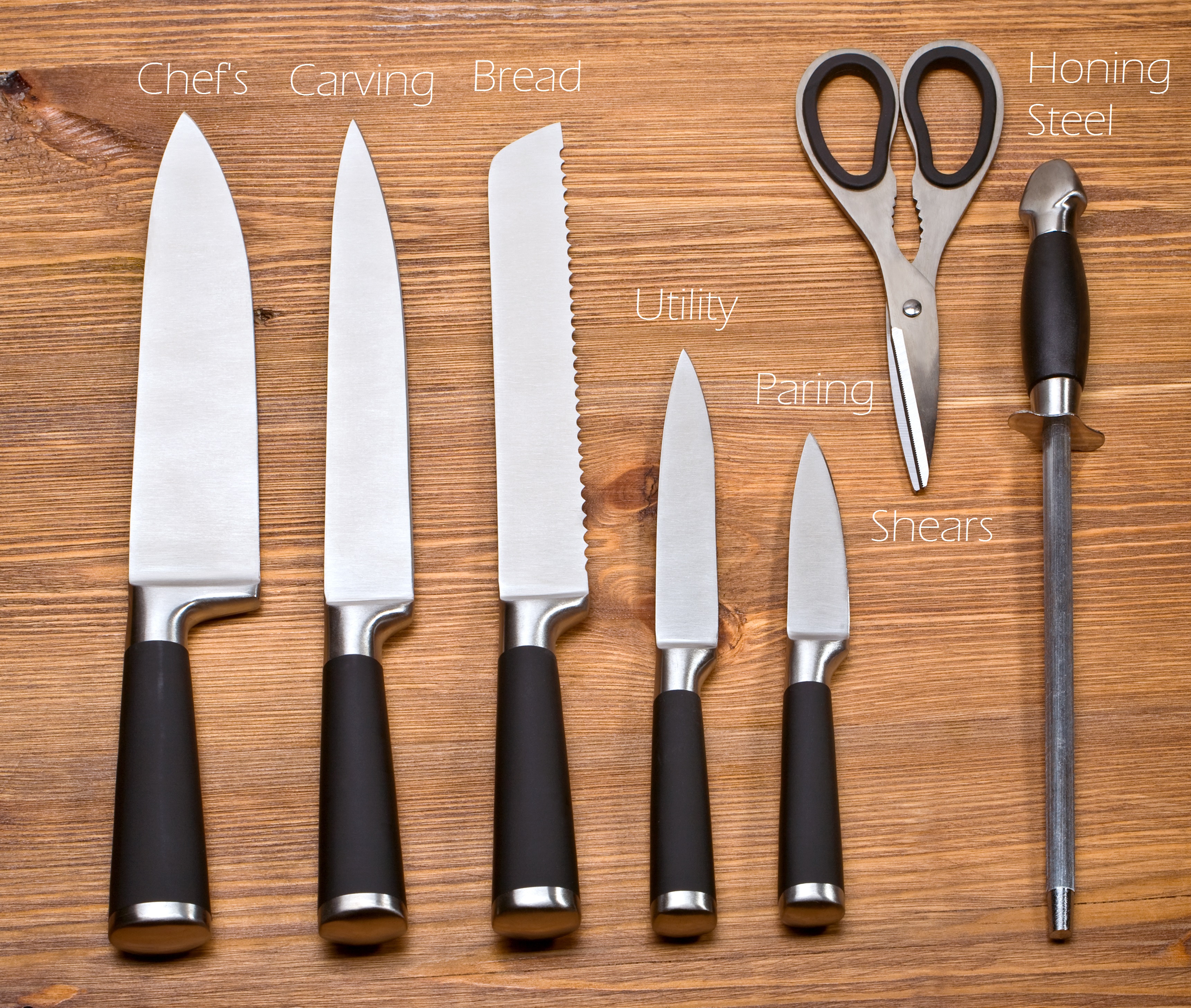
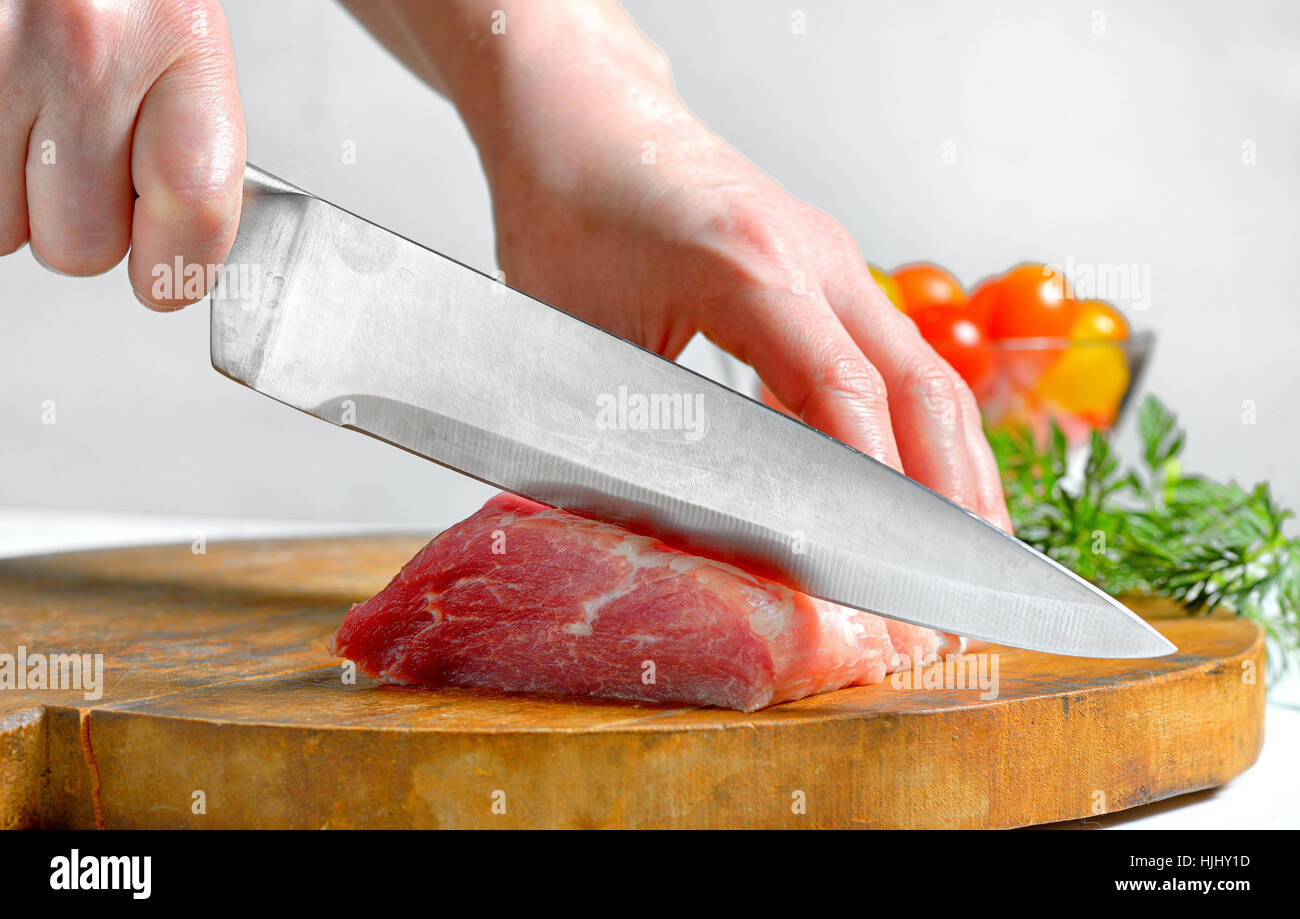


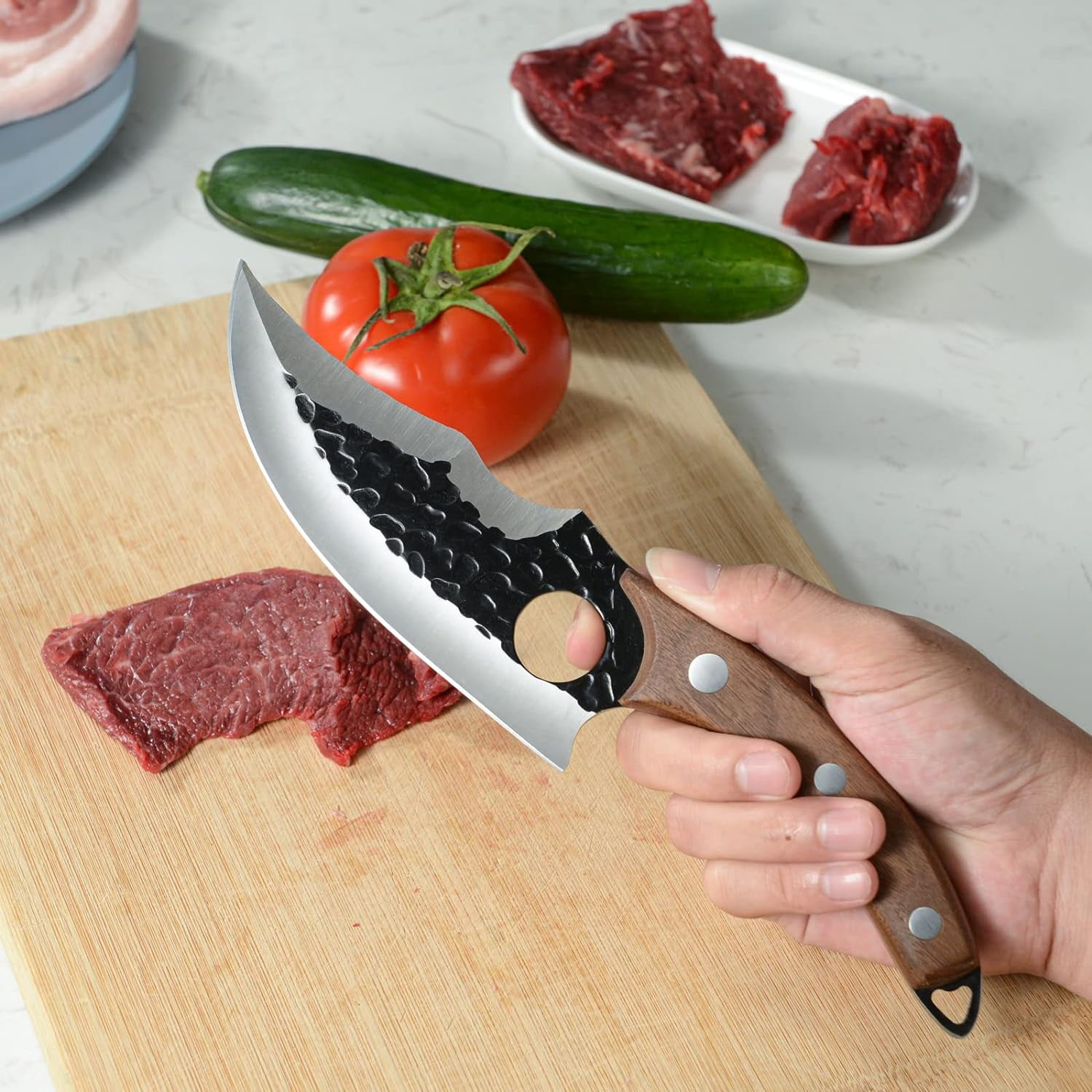


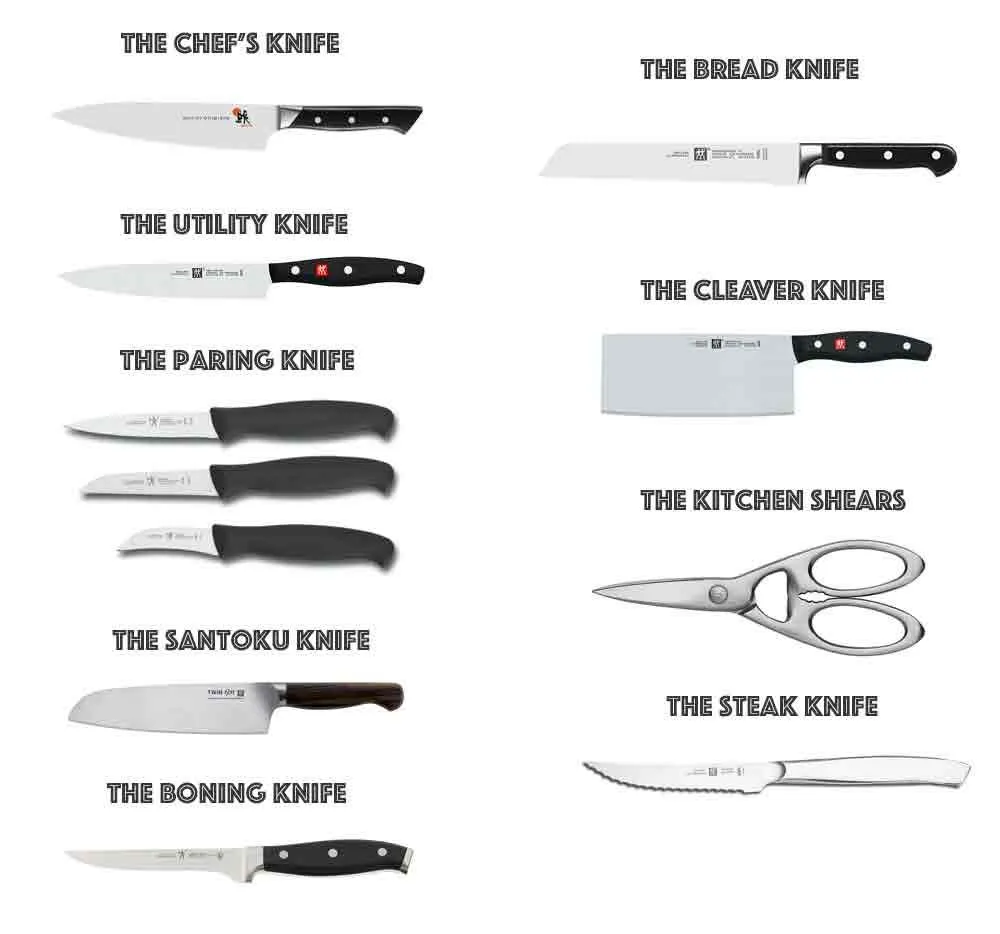


![What Type Of Knife To Cut Meat Best Knife For Cutting Meat 2021 [Reviews & Buying Guide]](https://www.dohwanyc.com/wp-content/uploads/2021/08/best-knife-for-cutting-meat-dohwanyc-2.jpg)
